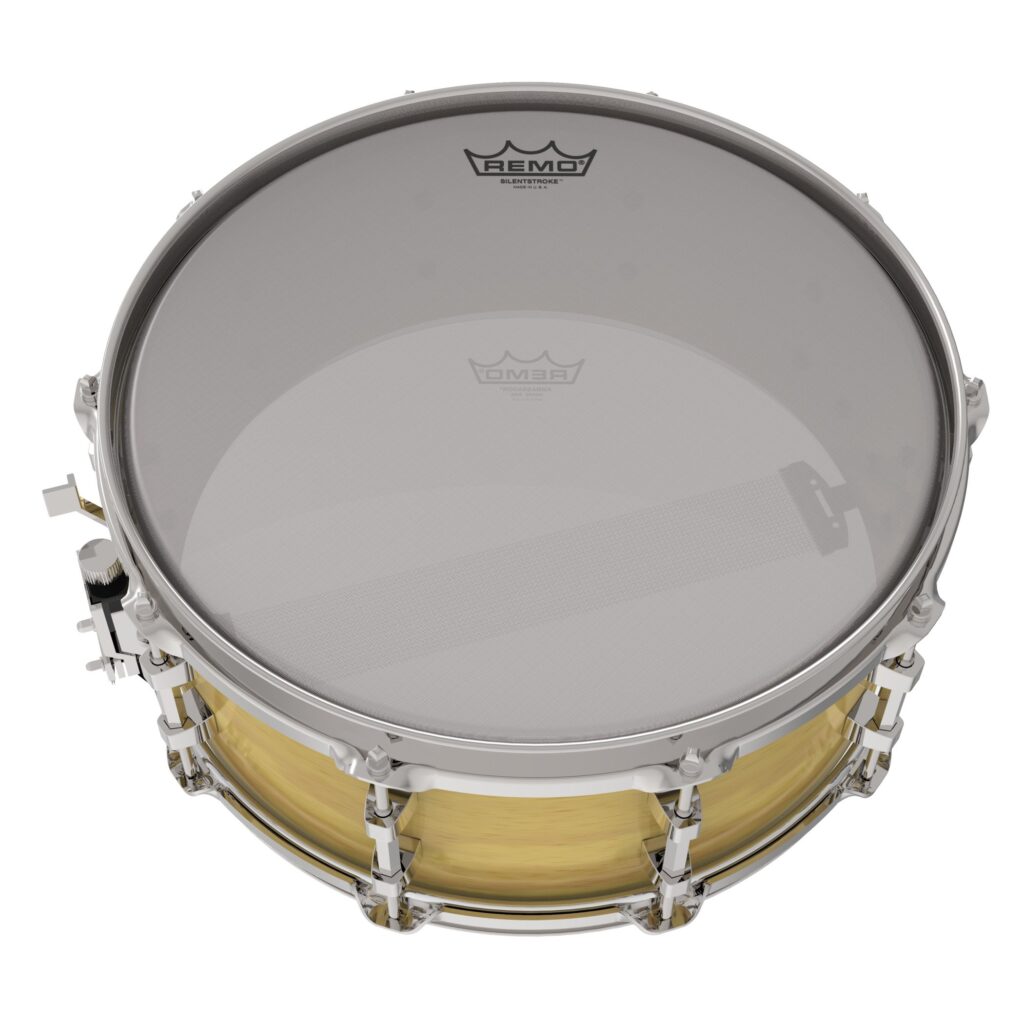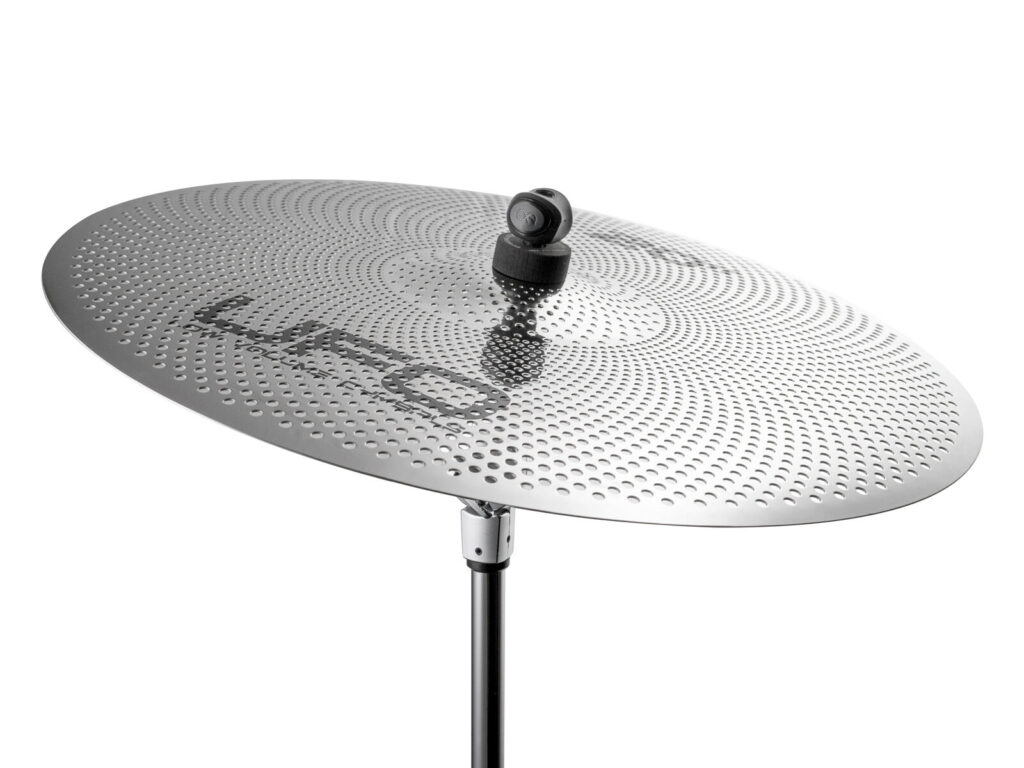
Many people would like to have an acoustic drum kit at home, but worry that it will annoy the neighbours or other family members. Obviously the solution might be to buy one of the many great electronic kits that there are, but for some that just won’t cut the mustard!
Acoustic drum kits, unadapted, played at full volume are noisy – there’s no getting away from it. This article gives solutions for solving this problem, without using drum kit external dampening / towels / muffler pads (which, in our humble opinion, are awful! They just ruin the whole drumming experience.)
Firstly let’s break the problem down into two parts – 1: the drums and 2: the cymbals.
Dampening the Drums
There are two basic ways of dampening the drums on a drum kit, the first being to replace the heads/skins on the drums with mesh heads. These are the same types of heads which are used on electronic drums kits and provide a realistic feel without the same volume. You can buy sets of mesh heads for any size of drum kit including the bass drum. These heads (such as the Remo Silentstroke heads – Drum Shop Glasgow sells them here) are, as the name suggests, a meshed material and will reduce the volume by about three quarters. They will change the quality of sound somewhat and will never be as tight-feeling at the original head but the player will certainly still feel that they are playing a real drum kit and can happily practice away and have a good experience.

The cheaper alternative to buying mesh heads is very simple – simply use a drum key to remove the top (batter) heads from the drums and fill them with dampening material, old tea-towels, cushions, pillows, whatever you have available! Put the drum heads back on, tighten them up and suddenly you have a snare drum which still sounds like a snare drum, only quieter, and the same for the bass drum and for the toms. TIP: before you remove the top heads get a feel for how tight they are( tin-opener tight ). So when you put the heads back on, you’ll know approx how much to tighten them – and make sure each of the tension rods feels about the same.
But what happens if you want to take the kit out to a gig? What happens then? Surely I’ll have to replace the heads, you say? Yes true – but how often realistically are you going to do that? Most rehearsal studios and venues provide a drum kit. Maybe you’ll bring the snare drum, cymbals and pedal, but that is all.
Quieting the Cymbals
So what about the cymbals? What happens with those?
Well firstly the problem may not be so bad as for the drums. Once the drums are quietened, then the player will inevitably go easy easy on the cymbals – the hi-hat is never very loud, as is the ride cymbal – so stay clear of the crash cymbal and you’ll be fine.
If the cymbals are still too loud for your situation, you might replace the crash with a splash which much quieter – or better still, invest in a set of quiet cymbals. These cymbals are like ‘mesh’ cymbals – i.e. they have lots of small holes and hugely reduces the volume, usually by about 70-80%. Playing them feels just like playing like normal cymbals but they are ‘pingier’ and quieter. A set from the brand UFO are great value at around £129. Sabian and Zildjian also produce sets which some may feel produce a warmer tone.

Summary
So in summary, mesh heads on drums might be an option but better in many ways is to remove the top heads and stuff them with cloths and other dampening material. Then see how you get on with the cymbals and invest in a set of quiet cymbals if the current ones are still too loud.
If you have any more questions on this or would like us to help, give us a call on 0141 339 4497 or email us at info@drumshopglasgow.co.uk and we would be more than happy to help. Happy playing!

